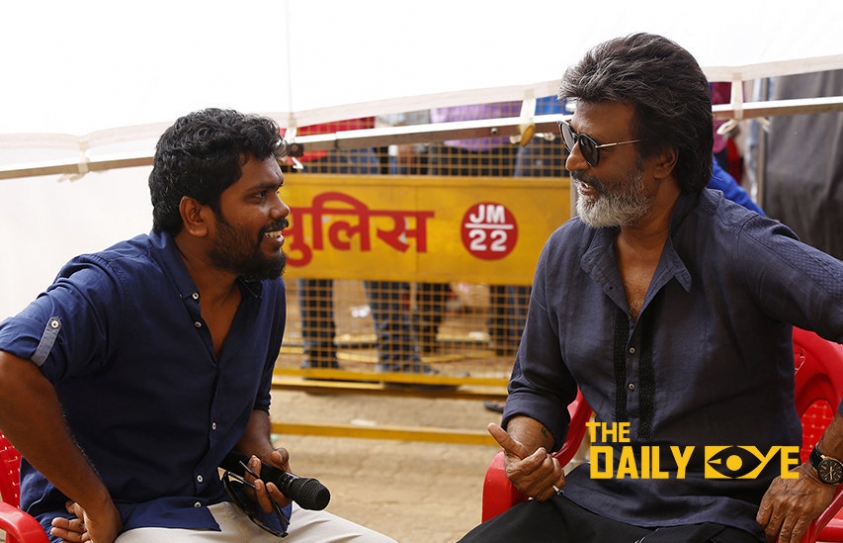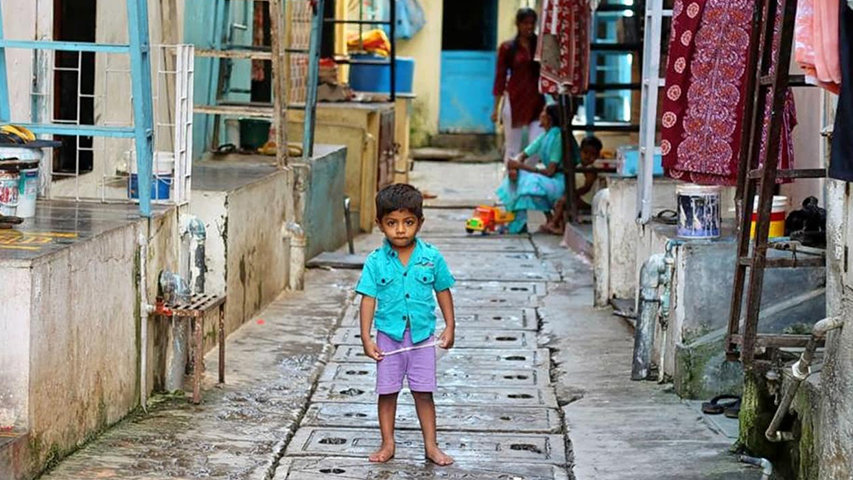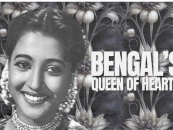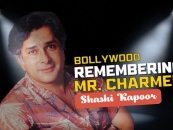
Rajnikanth’s Kaala: the Real behind the Reel
by Yash Saboo June 18 2018, 5:52 pm Estimated Reading Time: 3 mins, 17 secsFilmmaker Pa Ranjith, who has teamed up for the second time with superstar Rajinikanth in the hit gangster drama Kaala, says his film is not based on the life of any individual in the latest interview in Tamil magazine Vikatan. Ranjith clarified that the film is not inspired by an individual's life. He said that the film talks about the livelihood of a society, Dharavi in particular. Ranjith said that the story is about the diversity of Dharavi slum.
For those who don't know, Dharavi is the largest slum in Asia and probably one of the largest slum in the world. The slum houses about a million people. Its size and poverty aren't the reasons why Dharavi is such an interesting and important place in Mumbai. In fact, if you were to remove Dharavi for a day from the city, most likely the entire city would collapse.
This isn't the first time Dharavi has been showcased in a film. Dharavi came into international limelight when Danny Boyle's 'Slumdog Millionaire' won an Oscar.

Source: Thrillophilia
The character of Rajinikanth plays a slum lord-turned-gangster in the film and that is why Dharavi was an ideal location. Ranjith also added that a lot of Tirunelveli Tamils live in Dharavi, a place filled with multi-cultural, multi-lingual families, and he wrote the script keeping in mind the lives of these people.
He said the inspiration for the titular character, played by Rajinikanth, was his grandfather. Kaala, produced by Dhanush, is the story of an emotional patriarch. The story revolves around Rajinikanth, his family which comprises of four sons, grandchildren, his friends and more.
The residents of Dharavi who were also cast in the film as themselves (to show the local population) believe that the audience would know the struggle faced by people living there once they watch the film.
Lately, the slums have become commercial. If you take a walk in Dharavi (which you should if you want to see the reality) you would come across plastic waste segregation shops, fabric dyeing shops, and leather processing shops. Dharavi has been processing leather for a long time, there is also an air-conditioned retail store and you can buy products using your credit card too). As surprising as it sounds, Dharavi is geared towards streamlined business opportunities.
There are about 7000 industries and 15,000 single room factories. One of the biggest industry is waste processing, and this makes Dharavi an integral part of Mumbai. Without the segregation and processing of waste, Mumbai could itself become a large dumping ground. The annual turnover from all industries here is about 1 billion USD, making it one of the most productive slums in the world. However, this clearly isn't reflected in the wages (the average wage of workers is between Rs. 100-150/ day).
The residential area of Dharavi is completely separated from the industrial area. A stroll through the narrow lanes of Dharavi would be like walking in another world. People living in poverty with close proximity to each other, live happily and this reflects upon their will.
There have been numerous efforts to replace the slums with multi-story buildings. The 2004 Dharavi Redevelopment Plan intends to do just that. However, things have moved slowly.
In the film, the residents of Dharavi don’t want to give up their land for a redevelopment plan – curiously titled as Pure Mumbai and Digital Dharavi – and resort to all sorts of tactics, including rowdyism, to thwart development plans. They demand the status quo to remain – they have been working in the dhobi ghat for 20 years and want to continue to do so. They claim that the land is theirs and that if the government takes it over, not everyone gets a house in return.
This has been the case several times in the past.
Kaala, like the real Dharavi, shows the diversity of the slum, people's love towards each other and how they live like a big family.




-173X130.jpg)
-173X130.jpg)


-173X130.jpg)

-173X130.jpg)
-173X130.jpg)